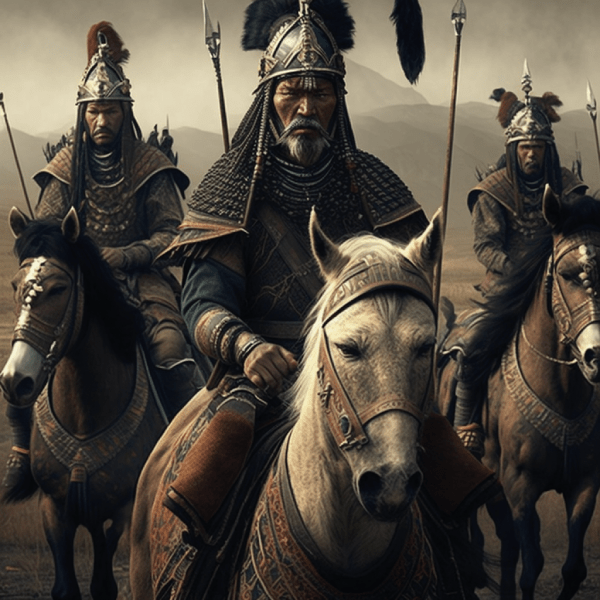Introduction
Richard Barrett, a renowned author, speaker, and thought leader on the evolution of human values, believes that understanding the different stages of human development is key to building sustainable societies. One of the earliest stages of human development is clan awareness, where humans lived in small nomadic bands and relied on hunting and gathering. In this blog post, we will explore the worldview of clan awareness, how it shows up today, and its relevance to sustainability.
The worldview of clan awareness
As stated earlier, clan awareness is characterized by small nomadic bands comprised of close relatives, reciprocity, and sharing of resources. Decision-making was instinctive, and leadership was situational. Men and women performed different tasks, such as hunting and gathering, according to their physical strength and child-rearing duties. Behaviors were controlled through social pressure, teasing, and ridicule, and there was no sense of personal ownership or territoriality.
The cosmology of clan awareness
Hunter-gatherers regarded their physical environment as their home, and nature was their teacher. They believed in the interconnectedness of all things and the continuum of life and death. Shamanistic practices focused on the well-being of clan members’ souls, and fear-based thinking was prevalent.
Behavioral characteristics
Respect for all living creatures and plants, earth spirits, and the sharing of resources are some of the principal behavioral markers of clan awareness.
The transition to tribe awareness
The transition to tribe awareness occurred due to the need to ensure an all-year-round supply of food and an increased understanding of how to cultivate plants and domesticate animals.
Clan awareness today
Today, there are very few people who operate from the worldview of clan awareness, mostly living in remote jungles and Aboriginal communities. Their way of life has hardly changed in thousands of years.
Sustainability and clan awareness
The principles of clan awareness, such as respect for all living creatures and the practice of reciprocity, are relevant to sustainability. The understanding of the interconnectedness of all things and the continuum of life and death can help us create a sustainable world that values all life forms and resources.
Conclusion
Clan awareness is an important stage in human development that can teach us valuable lessons about sustainability. Understanding and applying the principles of clan awareness, such as respect for all living creatures and the interconnectedness of all things, can help us create a more sustainable world.
Examples of clan awareness from history
- Aboriginal communities of Australia: Many Aboriginal communities in Australia still operate from the worldview of clan awareness. They practice kin-based sharing and have a deep connection to the land and their environment.
- The Inca Empire: The Inca Empire was a pre-Columbian civilization that existed in the Andean region of South America. The Inca society was organized around the ayllu, a kin-based social unit that functioned as a self-sufficient economic and political unit. The ayllu was responsible for farming, building, and other communal activities, and decisions were made through consensus.
- The Celtic tribes of Europe: The Celtic tribes were a group of indigenous people who lived in Europe during the Iron Age and Roman period. They were organized into clans and tribes that were based on kinship ties. They practiced agriculture, animal husbandry, and metalworking. Decision-making was made through consensus, and they had a deep connection to their land and culture.
- The Vikings: The Vikings were a group of people who lived in Scandinavia during the Viking Age (793-1066 CE). They were organized into clans and tribes that were based on kinship ties. They practiced agriculture, animal husbandry, and fishing. They had a deep connection to the sea and the land, and decision-making was made through consensus.
- The Maya civilization: The Maya civilization was a pre-Columbian civilization that existed in Central America from 2000 BCE to 900 CE. They were organized into city-states that were based on kinship ties. They practiced agriculture, animal husbandry, and trade. They had a deep connection to their land and culture, and decision-making was made through consensus.
- The Aztec Empire: The Aztec Empire was a large empire that existed in Mesoamerica from the 14th century to the 16th century. They were organized into clans and tribes that were based on kinship ties. They practiced agriculture, trade, and warfare. They had a deep connection to their land and culture, and decision-making was made through consensus.
- The Berbers: The Berbers are a group of indigenous people who live in North Africa. They are organized into tribes that are based on kinship ties. They practice agriculture, animal husbandry, and trade. They have a deep connection to their land and culture, and decision-making is made through consensus.
- The Ancient Greeks: The Ancient Greeks were a civilization that existed in the Mediterranean region from the 8th century BCE to the 6th century CE. They were organized into city-states that were based on kinship ties. They practiced agriculture, animal husbandry, and trade. They had a deep connection to their land and culture, and decision-making was made through consensus.
- The Polynesian Voyagers: The Polynesian Voyagers were a group of indigenous people who settled in the Pacific islands of Polynesia between 1000 BCE and 500 CE. They were organized into kin-based social units that practiced subsistence agriculture and fishing. They had a deep connection to the sea and the stars, and decision-making was made through consensus.
- The Ashanti Kingdom: The Ashanti Kingdom was a pre-colonial African empire that existed in what is now Ghana from the 17th century to the 19th century. They were organized into clans and tribes that were based on kinship ties. They practiced agriculture, mining, and trade. They had a deep connection to their land and culture, and decision-making was made through consensus.
These examples show that the worldview of clan awareness was prevalent in many societies throughout history, regardless of their geographical location or cultural background. They shared common values and practices that emphasized community, kinship, and harmony with nature.



